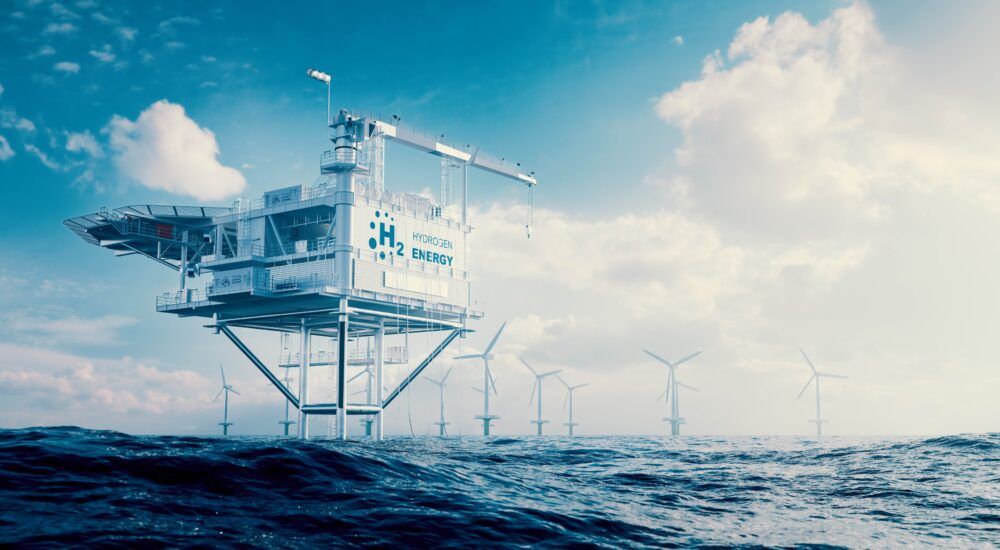
Ports, key players to deploy green hydrogen in Europe
The European Union is certain that green hydrogen will be the fuel to decarbonise the port logistics sector. To achieve this, it needs port authorities. A report for the Clean Hydrogen Partnership highlights the role that ports will have to assume this task on three levels: as users, as infrastructure providers and as hydrogen transit platforms.

Driven by the development of the Fit for 55 and REPowerEU package, the European green hydrogen market will lead to key economic and infrastructure developments to achieve the goal of decarbonisation from the next decade onwards. The ports will play a leading role in its development and implementation by means of three different scenarios envisaged.
This is what the report Study on Hydrogen in Ports and Industrial Coastal Areas, developed by Deloitte Belgium for the Clean Hydrogen Partnership and co-financed by the European Union, assures. It aims to inform and prepare stakeholders and policy makers and to identify priority areas that will overcome current technological or safety gaps for its development in EU port areas.
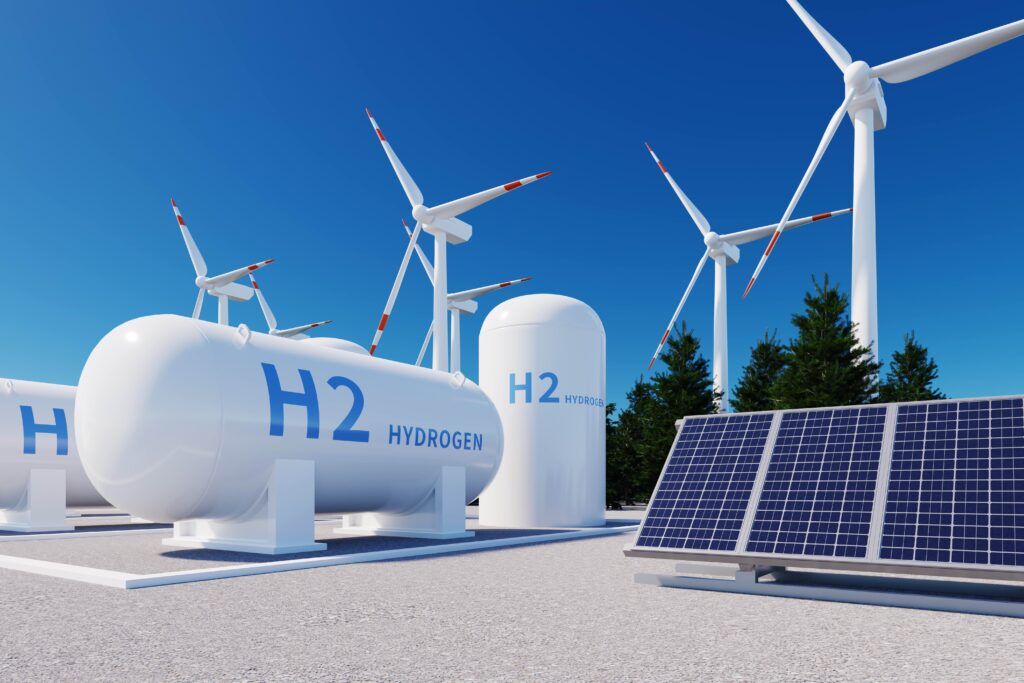
Ports will be key players in the development of the European green hydrogen market (Fp).
Why green hydrogen and not other fuels?
Several zero-emission fuels or energies have been identified as candidates to decarbonise the sector. However, hydrogen from renewable sources, or green hydrogen, is the most affordable and economically viable compared to other candidates.
The report goes even further and describes it as "essential" to replace fossil gas, coal and oil in some heavy industries and in transport that is difficult to decarbonise, i.e. maritime transport, aviation or heavy road freight.
Although consuming directly produced renewable electricity is more efficient, its supply is intermittent: solar depends on the day-night cycle, wind on its volume, and hydroelectric needs the water reserves of reservoirs.
"To avoid these production peaks and have energy available 24 hours a day, there are two main strategies: storing surplus of renewable energy in batteries or producing hydrogen from water electrolysis," explains Daniel Ruiz, head of sustainable fuels at the Port of Barcelona.
Another advantage of hydrogen over other alternatives is that it is an energy vector that serves as a basis for synthesising many other molecules. From green hydrogen generated by electrolysis of water with renewable energy, molecules such as methanol, methane or ammonia can be synthesised.
In addition, hydrogen can be used directly, either in an internal combustion engine or, more efficiently, in a hydrogen fuel cell.
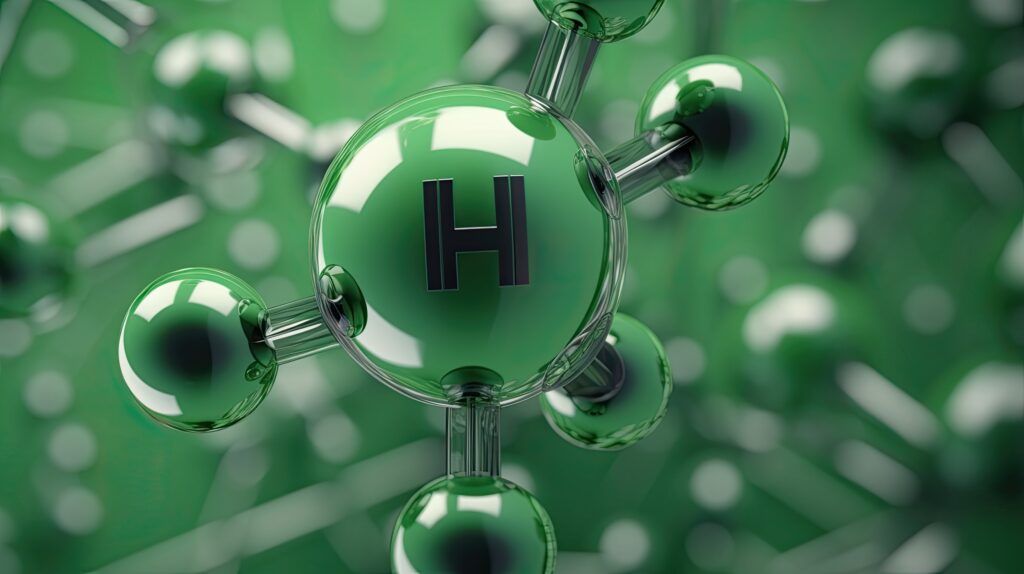
Methanol, methane or ammonia, among many other molecules, can be synthesized from the green hydrogen generated by electrolysis of water with renewable energy (Fp).
First scenario for the ports: direct users
The report foresees that climate and energy policies will incentivise key stakeholders in the port sector to set targets and implement decarbonisation solutions. In particular, hydrogen and its carriers could contribute to moving away from the use of fossil fuels in the following activities:
- Maritime and inland waterway transport
- Onshore power supply (cold ironing)
- Cargo handling and terminal equipment
- Industrial activities located in port areas (refineries, ammonia plants, other chemicals, etc.)
- Refuelling of heavy lorries (for loading/unloading activities) in port areas
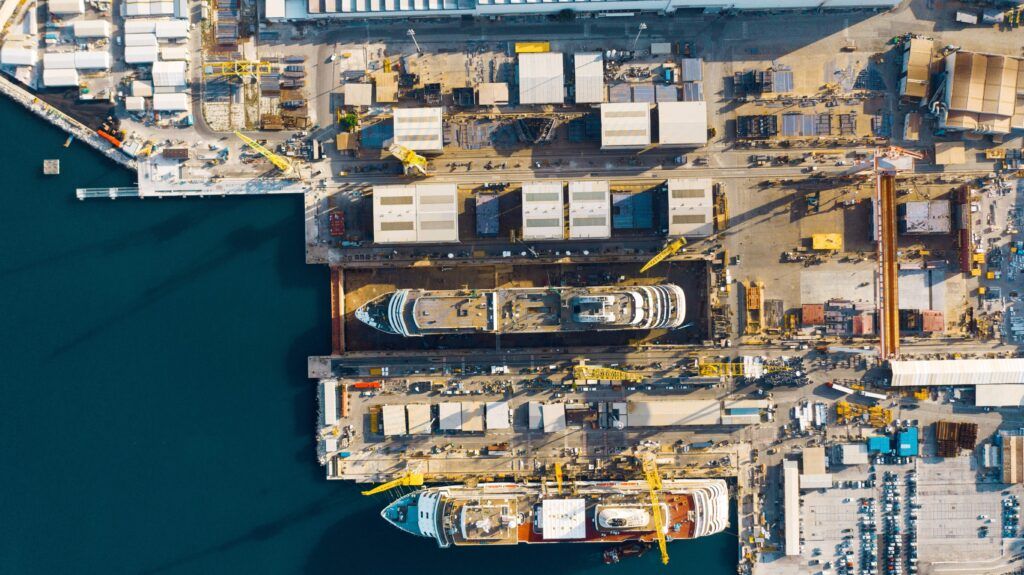 Hydrogen and its carriers could contribute to abandoning the use of fossil fuels in various activities (Fp).
Hydrogen and its carriers could contribute to abandoning the use of fossil fuels in various activities (Fp).
Scenario 2: hydrogen infrastructure providers
The development of the hydrogen economy will require the construction of specific infrastructures for its transmission, storage, conversion and supply to end users, which is expected to impact the spatial planning and services of many European ports.
In particular, ports may develop the following hydrogen and hydrogen carrier infrastructures:
- New maritime bunkering operations or land-based supply stations.
- Import/export terminals and adaptation of unloading docks.
- Offshore offloading of energy produced on the high seas
- Green hydrogen production
- Tank storage
- Conversion infrastructure: manufacture of methanol, ammonia, e-methane... from green hydrogen
- Multimodal hydrogen refueling stations
Daniel Ruiz points out that hydrogen has some physical peculiarities that must be taken into account for its handling, such as its low density, which requires a lot of space for storage. Or, to keep it in a liquid state, it needs refrigeration temperatures that reach -253 ºC, in addition to its volatility, which must be taken into account in all storage and pipeline transport systems, as well as its dangerousness.
"The use of hydrogen involves certain risks and considerable energy expenditure. On the other hand, when used in maritime transport, hydrogen is expected to be used in the form of other hydrogen-bearing molecules, such as methanol or ammonia, which are much easier to store and at less extreme temperatures," he says.
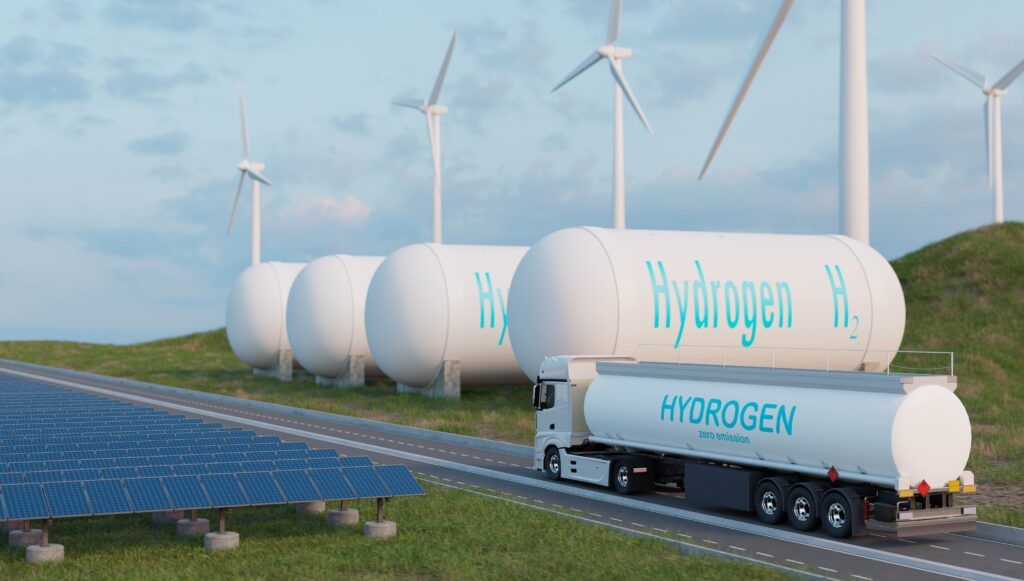
Hydrogen has some physical peculiarities that must be taken into account for its handling, such as its low density, which requires a lot of space to store it (Fp).
Third scenario: ports as transit platforms for hydrogen
European ports, and mainly those located along the TEN-T and/or TEN-E core and comprehensive networks, can play a decisive role in hydrogen transport and supply.
As ports are often located close to industrial areas, residential areas and energy logistics nodes, they could become transit platforms for transporting hydrogen and its derivatives to multiple end-users along the coast and inland.
"In the case of the Port of Barcelona, the H2MED hydroproduct, which will connect the Iberian peninsula with Europe, is planned to link Barcelona with Marseille and from there to the major industrial centres of northern Europe. This hydroproduct will make it possible to export green hydrogen produced in an area with greater sunshine and ventilation and to reduce dependence on fossil natural gas, as set out in the RePowerEU plan," explains Héctor Calls, Head of Environmental Sustainability and Energy Transition at the Port of Barcelona.
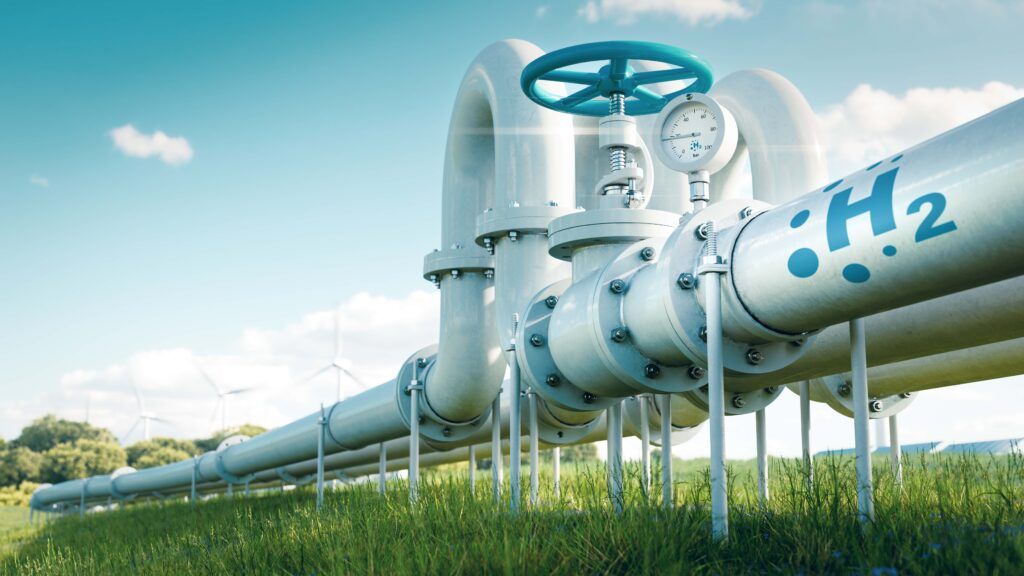
The H2MED hydro-product, which will connect the Iberian Peninsula with Europe, is planned to link Barcelona with Marseille and from there to the major industrial centers of northern Europe (Fp).
Some challenges presented by these scenarios
The report admits that there are still a number of implementation gaps and, in some cases, suggests a number of proposals to accelerate the readiness of ports and other stakeholders.
- Regulatory
In the last two years, several initiatives have been adopted to establish a hydrogen policy framework. In addition to the packages and plans already mentioned, the Clean Hydrogen Partnership was established in 2021, and the Proposal for a Directive of the European Parliament and of the Council on common rules for the internal markets in renewable and natural gases and in hydrogen was also presented that year.
"The fact that there is a regulatory framework at European and IMO level is very helpful, especially in terms of the investments and support available to implement the infrastructures or have the tools to implement these changes. However, ports do not have the luxury of waiting for the decarbonisation strategy to be developed politically in higher bodies. This is why, with the utmost urgency, administrations and private companies must work in parallel to decarbonise our activity," says Calls.
The report recommends that port authorities and regulators collaborate to articulate land-use management in port areas and to establish a clear division of responsibilities between entities responsible for the deployment of hydrogen and hydrogen carrier activities within a port area.
- Research and Innovation (R&I)
For this section, the report proposes the allocation of European public funds to those ports that initiate investments in R&I and scalable projects in order to demonstrate:- Reducing the costs of their large-scale importation.
- planning of e.g. offshore electrolyser installations
- storage of liquefied hydrogen (LH2) and hydrogen gas (GH2) in tanks and underground facilities
- Its transport
- Refuelling (bunkering, compression)
- End use in engines and fuel cells for land transport, engines and fuel cells for ocean-going vessels, short-sea vessels, as well as port vessels such as tugboats, pilots, Marpol collection vessels, dredgers, etc.
- Safety
One recommendation the report makes is that while IMO and ISO develop regulatory technical standards, classification societies could align to establish a harmonised procedure for approving alternative risk-based design, guidelines and checklists for the development and operation of infrastructure and tankers for hydrogen-powered shipping.
"Hydrogen is an explosive product and, given the small size of its molecule, we must be extremely cautious with welds in transport pipelines because leaks can occur. A change of mentality is needed in its handling, to prevent any accident from paralyzing its introduction," says Ruiz.
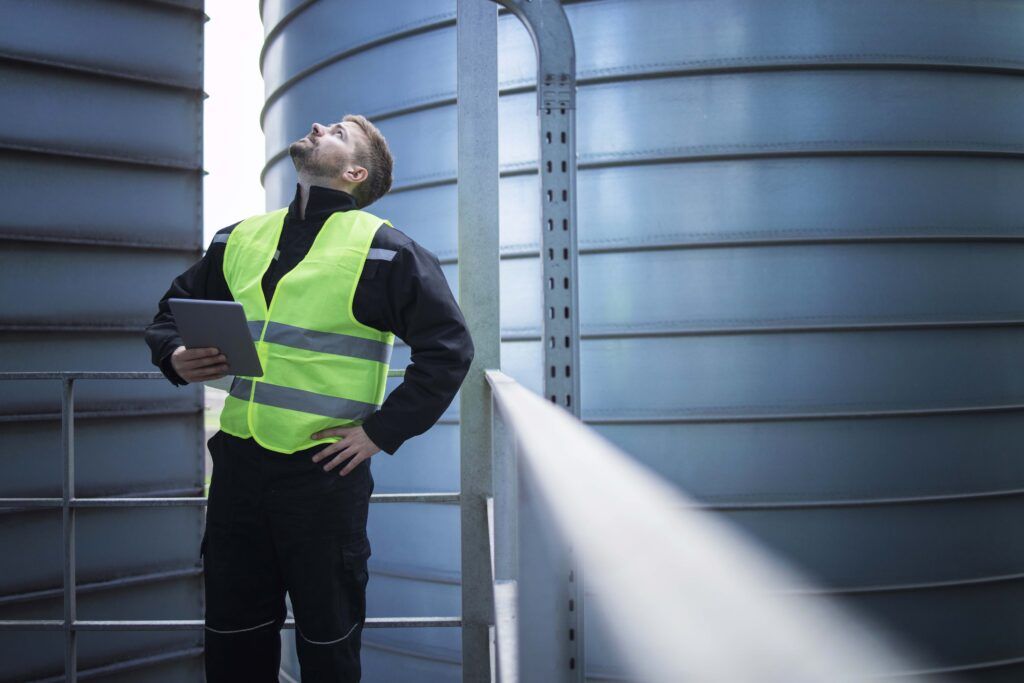
IMO and ISO point out the need for guidelines and checklists for the development and operation of infrastructure and tankers for hydrogen-powered shipping (Fp).
- Increasing the production of electricity from renewable sourcesTo achieve the ambitious REPowerEU targets, which estimate a consumption of 20 Mt of renewable hydrogen in the EU by 2030, 10 Mt will have to be produced in the EU and the remaining 10 Mt imported from non-EU countries. It should be borne in mind that the H2MED hydroproduct plans to transport 2 Mt of hydrogen, 10% of the needs foreseen in the REPowerEU plan, from the Iberian peninsula to the industrial centres of northern Europe.This means investments in the order of:
- 200-300 billion Euro for additional renewable electricity production (500-550 TWh)
- 28-38 billion for internal EU gas pipelines
- 6-11 billion euros for storage infrastructure
In addition to the investment, Ruiz points out that "to feed the electrolysers that produce hydrogen, it will be necessary to increase land occupation with solar panels or the implementation of wind farms, which will have a certain social impact. However, it is the only possible way to reduce greenhouse gas emissions.”
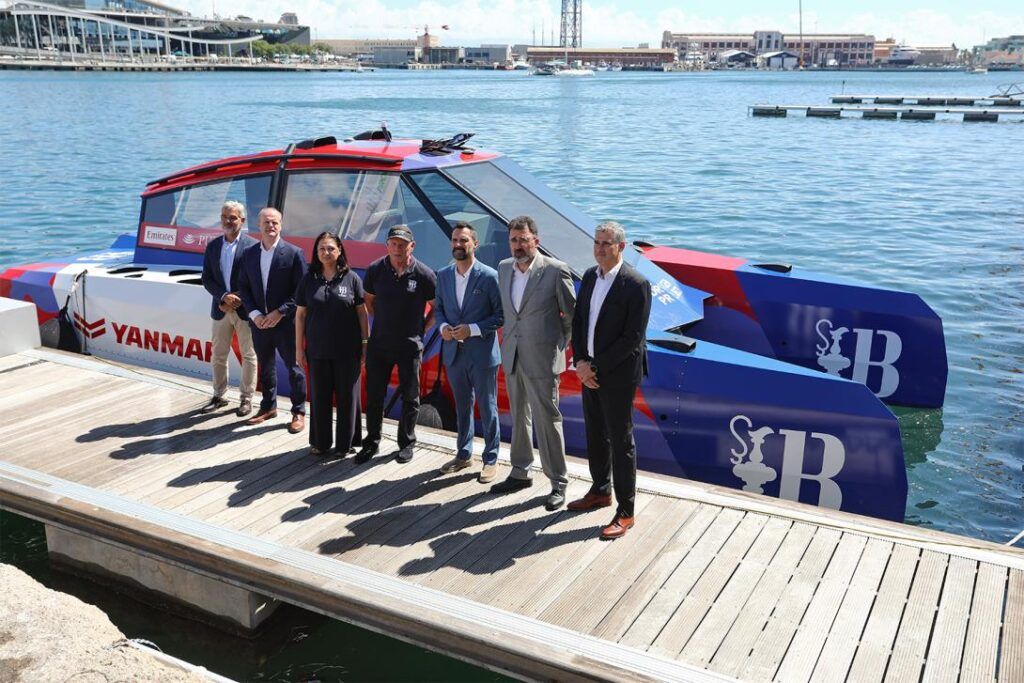
Presentation of the agreement between the America's Cup, the Generalitat de Catalunya and the Port to promote the use of hydrogen as a sustainable fuel for navigation, in the presence of Chase Zero (Emirates Team New Zealand).
How the Port of Barcelona will implement hydrogen
As part of the Energy Transition plan, Héctor Calls explains that several lines are being worked on; short, medium or long term.
In the short term, the objective is to have a hydrogen plant for public use within the port territory to serve heavy vehicles and terminal vehicles. Also to expand, in collaboration with other companies, the network of hydrogenerators on the main inland routes, to allow trucks entering the port on a daily basis to use hydrogen on all their routes.
In the medium and long term, new uses are being planned for the Energy Dock. The aim is to progressively replace fossil fuel storage with hydrogen carriers such as methanol or ammonia. Another goal is the construction of plants for manufacturing fuels such as green methanol or bio LNG from waste.
Ruiz also stresses that without a multi-sector approach, it would be impossible to be able to implement sustainable fuels to decarbonize freight transport.
"We want to get ahead of the curve and encourage this change. If we manage to decarbonize our activity, but also a maritime line or a land transport route, we will extend the reduction of greenhouse gases and pollution to our entire hinterland and foreland, not just locally," he concludes.



